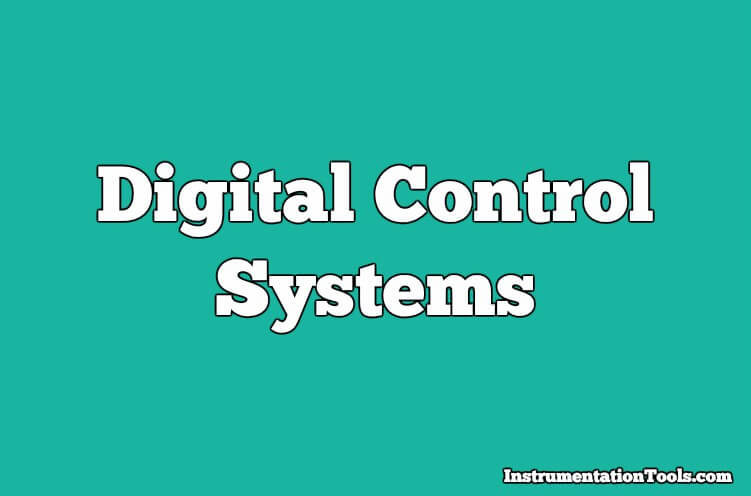Compensation Techniques : Control Systems
Compensation Techniques 1. Assertion (A): The closed loop stability can be determined from the poles of an open loop system and the polar plot of the frequency response. Reason (R):…
Stability Analysis
Stability Analysis 1. First column elements of the Routh’s tabulation are 3, 5, -3/4, ½, 2. It means that there are: a) Is one root in the left half of…
Z & S Domain Relationship
Z & S Domain Relationship 1. The auto-correlation function of a rectangular pulse of duration T is a) A rectangular pulse of duration T b) A rectangular pulse of duration…
Z-transform Analysis of Sampled-Data Control Systems
Z-transform Analysis of Sampled-Data Control Systems 1. The DFT of a signal x(n) of length N is X(k). When X(k) is given and x(n) is computed from it, the length…
The inverse z-transform & Response of Linear Discrete Systems
The inverse z-transform & Response of Linear Discrete Systems 1. Unit step response of the system described by the equation y(n) +y(n-1) =x(n) is: a) z2/(z+1)(z-1) b) z/(z+1)(z-1) c) z+1/z-1…
The Z-Transfer Function
The Z-Transfer Function 1. Consider the following statements regarding a linear discrete-time system: H (z) = z2+1/(z+0.5)(z-0.5) 1. The system is stable 2. The initial value of h(0) of the…
The Z-Transform
The Z-Transform 1. The discrete-time signal x (n) = (-1)n is periodic with fundamental period a) 6 b) 4 c) 2 d) 0 Answer: c Explanation: Period of the signal refers…
Difference Equations
Difference Equations 1. Difference equation model results in: a) Sampled-data systems b) Numerical analysis of continuous time systems c) Continuous time feedback systems d) Both a and b Answer: d…
Signal Reconstruction
Signal Reconstruction 1. Sampling can be done by: a) Impulse train sampling b) Natural sampling c) Flat-top sampling d) All of the mentioned Answer: d Explanation: Sampling is the process…
Spectrum Analysis of Sampling Process
Spectrum Analysis of Sampling Process 1. Statement (I): Aliasing occurs when the sampling frequency is less than twice the maximum frequency in the signal. Statement (II): Aliasing is a reversible…

